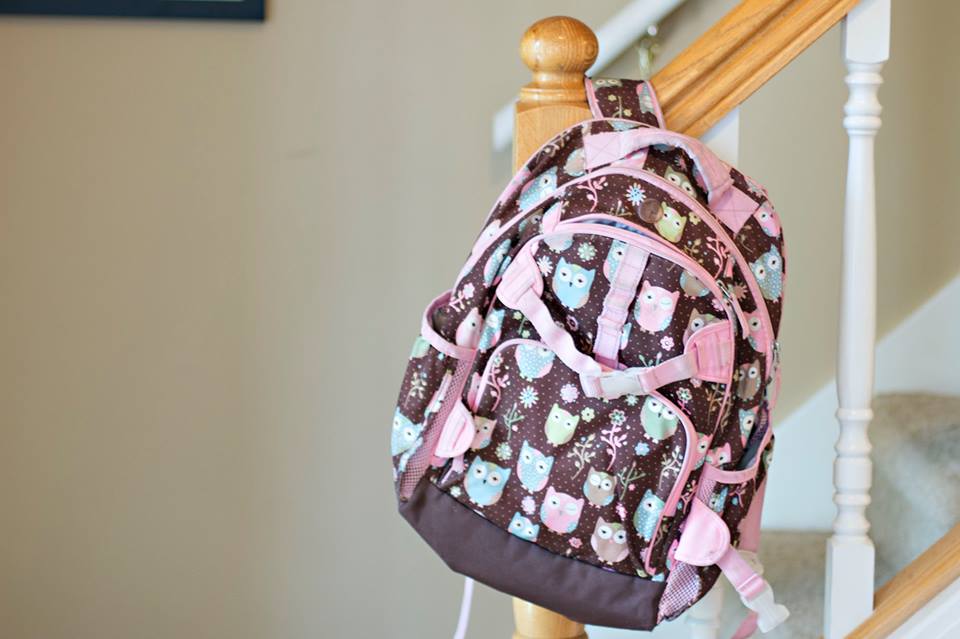To know me is to know that I’m a practical person. I’ve raised a lot of kids, made a lot of mistakes and now I’d love to share what I’ve learned, this time in the realm of being prepared for life’s unexpected emergencies. This idea is not revolutionary, but to the woman who hasn’t put together the emergency backpack yet, I hope it will be a helpful reminder about what might make her life a wee bit easier during the most frustrating of moments.
One too many times I have found myself at church with a child who has some kind of massive diaper blow-out situation. Once on a long car trip a child who had been potty-trained for years had a bathroom accident. For some reason my kids like to puke on themselves at grandma’s house where their clean clothes do NOT live. I once had a child that got an impressive and slightly terrifying nosebleed in the Lowe’s parking lot. Over the years I have gotten tired of being stranded in these types of disgusting (and sometimes health hazardous) situations without a back-up plan. So we decided to stock a backpack for such occasions.
I hope you have some kind of kit in your car for when a true emergency strikes. This is not that kit and shouldn’t replace it. This is specifically for child-induced bodily fluid type emergencies. I live in the city, so if I’m out and about and we have a problem I’m never too far from food or heat, but I might be 30 minutes away from my children’s clean pants which can sometimes be a problem. If you’ve ever found yourself in that situation, this is for you.
I now carry a backpack in my vehicle at all times. If you want to do the same, all you need is a spare backpack (in a pinch, even a plastic bag or garbage bag you throw in the trunk will work).
The backpack is stocked with:
-diapers (in a large size which can work for multiple kids)
-undies (one per child)
-gender neutral pants in flexible sizes: sweatpants or athletic shorts are ideal because they can fit on lots of body sizes and types. I have six kids, but only two pairs of pants in the backpack because I know which kids are likely to have issues and what sizes can fit most kids in a pinch.
-wipes
-an infant sleeper if you have a baby: footie pajama type things are great because whether it’s a spit-up, diaper, or sock soiling emergency, you’re covered. Pack one in a large size so you don’t have to switch it out every few months.
-a plastic bag (for the soiled clothes or as a puke bag as needed)
-changing pad
-a burp cloth (which can do dual duty to wipe up messes in a pinch when your kids are long past the burping stage)
-small baggie of band-aids with a card that has the pediatrician’s info on it
-anything specific to the kind of emergencies your children have (for us, that means we have a nosebleed kit in the backpack, too)
I have been thankful for this backpack many times and have also been able to loan the supplies out to others who weren’t prepared for the bodily fluid emergencies kids often bring with them. There have also been some moments where I’ve been out with my kids longer than I anticipated and it was great to have extra diapers in the car or I’ve had to drop them off at Grandma’s so I could go to a meeting and I left the bag with her. Diaper bags are great, but they are generally something I’ve phased out of using by the end of the first 18 months or so. The emergency backpack fills in the gaps for the rest of the toddler, preschooler, and unexpected nosebleed years.
I hope this is helpful! And I’d love to hear what you keep in your emergency backpack! Leave me a comment below.



One Comment
Leave a reply →